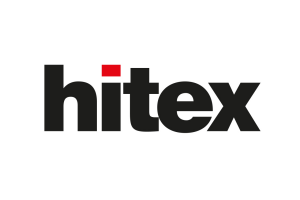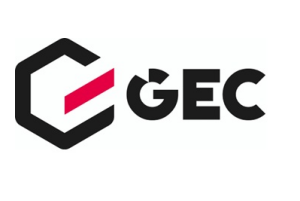Optimising driving dynamics software
AI algorithms from ZF and Infineon
As part of the EEmotion project, ZF and Infineon have developed and implemented AI algorithms for the development and control of vehicle software. During automated driving, the AI algorithms control all actuators according to the specified driving trajectory and optimise them.
When lorries automatically drive behind each other on the motorway in so-called platooning or cars automatically change lanes, all vehicle movements must be calculated and executed precisely and quickly without a human driver. Thanks to software and AI algorithms, the drive, brakes, front and rear wheel steering and damping systems can be controlled safely. The more efficient the AI algorithms used are, the better the computing power can be utilised. This is why ZF and Infineon have developed AI algorithms for the development and control of vehicle software in the EEmotion project and tested them in a test vehicle.
ZF software implemented in Aurix MCUs
ZF has added AI algorithms to its two existing software solutions cubiX and Eco Control 4 ACC, which have been implemented on Infineon's Aurix TC4x microcontroller with integrated Parallel Processing Unit (PPU). The result: the AI algorithms are more efficient and the computing power is better utilised. This in turn leads to better driving performance and greater driving safety.
Compared to conventional approaches without AI, the two companies were able to prove that the new AI-based solution is able to carry out automated lane changes, for example, much more accurately. The energy efficiency of driver assistance systems such as adaptive cruise control was also increased. The improved driving performance combined with lower computing costs pave the way for cost-efficient Level 2+ assistance systems.
Software-controlled chassis control optimised with AI
ZF's cubiX software enables the control of all chassis components of passenger cars and commercial vehicles. This includes the longitudinal and lateral dynamics as well as the vertical dynamics of the vehicle. In addition, the predictive cruise control Eco Control 4 ACC is being further developed with a computationally intensive optimisation algorithm and model-predictive control in order to achieve up to 8 percent more range in real driving conditions.
In the EEmotion project, AI algorithms were also developed that already start during the development phase. This allows vehicle software to be designed more efficiently and made available to customers more quickly. The accelerated and AI-supported application of vehicle software offers vehicle manufacturers clear advantages when adapting to different vehicle models.
Infineon MCU enables utilisation of AI algorithms
Lean, AI-based algorithms require a lot of computing power. It is therefore advisable to integrate them into powerful microcontrollers such as the Aurix TC4x. The Aurix TC4x microcontrollers from Infineon implement the latest trends in AI modelling, virtualisation, security, cybersecurity and network functions. They address new E/E architectures and the next generation of software-defined vehicles. An important component of the Aurix TC4x is the Parallel Processing Unit (PPU), which enables powerful AI applications thanks to its fast and parallel data processing.
»The EEmotion funding project shows that our algorithms based on artificial intelligence provide our customers with new advantages: AI enables products to be equipped with new functions and developed faster and more efficiently,« says Torsten Gollewski, Head of Research and Development at ZF.
»With our world-leading semiconductor products, software and services, Infineon enables customers to develop their own AI applications,« adds Peter Schiefer, President of Infineon's Automotive Division. »Our Aurix TC4x is ideal for in-car AI applications. Thanks to its parallel processing unit, it enables fast and parallel processing of data, which is essential for artificial intelligence and simplifies the next steps in automated driving towards autonomous driving.«
The EEmotion project
The EEmotion project aimed to develop a control system for automated driving that is based on AI algorithms and ensures more precise trajectory control in various driving situations. The project involved defining the requirements for the AI-based functions, developing an overall concept and corresponding hardware and developing the integration of AI in control architectures for safety-critical applications.
Aspects such as the development of secure AI-monitored communication and the investigation of the simulative development and validation of vehicle dynamics systems were also taken into account. Infineon acted as the network coordinator for the project with a total volume of 10.4 million euros, 59 per cent of which came from the Federal Ministry of Economics and Climate Protection (BMWK). The project ran from September 2021 to August 2024 and included partnerships with ZF Friedrichshafen, b-plus, Samoconsult, Rheinisch-Westfälische Technische Hochschule Aachen and the University of Lübeck.







